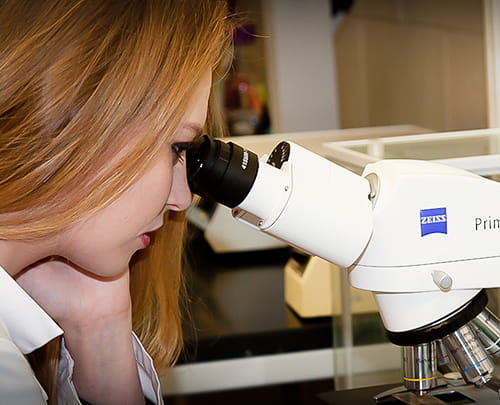Location: Life Sciences Building, Room 313,
501 S. Nedderman Dr., Arlington, TX 76019
Mailing address: P.O. Box 19528
Phone: 817-272-2281
Fax: 817-272-2364
Department of Psychology
WELCOME TO UTA PSYCHOLOGY
The UTA Department of Psychology will prepare you for a rewarding career with our innovative education and world-class research programs. These programs are led by highly esteemed faculty and equip students for careers in industry, research, or academia. Our undergraduate degree programs offer an excellent foundation in psychology, and our graduate programs provide advanced training in a collaborative research environment which has the Carnegie Classification's highest rating: R1 Doctoral Universities – Very high research activity. Research and education go hand-in-hand and students are encouraged to become active in research early in their academic careers.
Graduate Degree Programs

Research Areas
• Health Psychology • Cognitive Psychology • Developmental Psychology • Industrial and Organizational Psychology • Social/Personality Psychology • Behavioral Neuroscience and Neurophysiology • Learning Analytics
News
Helpful Student Links
ADMINISTRATION
Dr. Linda Perrotti
Professor and Chair
817-272-9672
perrotti@uta.edu
Dr. Nicolette Hass
Professor of Practice and Associate Chair
817-272-5480
nphass@uta.edu
Dr. Tracy L. Greer
Penson Endowed Professor in Clinical Health Psychology and Associate Chair
(817) 272-2281
tracy.greer@uta.edu